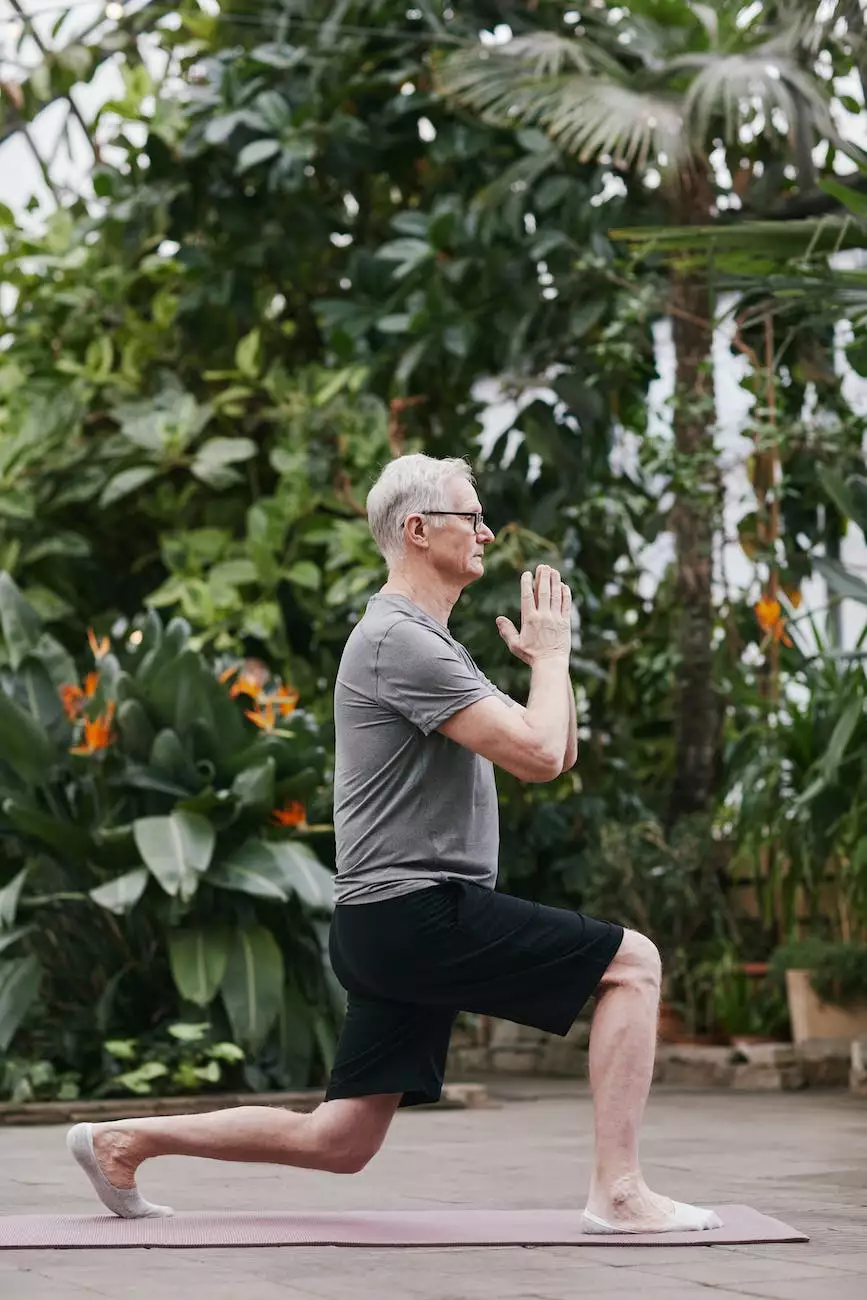How To Create A Senior Workout Routine

Introduction
Welcome to Grim Harley, MD's CARE Blog, where we provide comprehensive information on various health topics. In this article, we will guide you on how to create a senior workout routine that is tailored to your needs and ensures you stay fit, strong, and active.
The Importance of Exercise for Seniors
Regular physical activity plays a vital role in maintaining good health and well-being, especially for seniors. Engaging in a workout routine can improve cardiovascular health, enhance mobility and flexibility, strengthen muscles and bones, boost mood, and reduce the risk of chronic diseases.
Establishing Realistic Goals
Before diving into any workout routine, it is crucial to set realistic goals based on your current fitness level and desired outcomes. Whether your aim is to increase endurance, build strength, improve balance, or simply stay active, having clear goals will help you design an effective workout plan.
Choosing the Right Types of Exercises
The ideal senior workout routine consists of a combination of cardiovascular exercises, strength training, flexibility exercises, and balance training. Let's explore each of these categories in detail:
Cardiovascular Exercises
Cardiovascular exercises, also known as aerobic exercises, are essential for improving heart health, boosting stamina, and burning calories. Some great options for seniors include brisk walking, swimming, cycling, dancing, and low-impact aerobics. Aim for at least 150 minutes of moderate-intensity aerobic activity per week.
Strength Training
Strength training helps maintain and build muscle mass, improve bone density, and increase overall strength. Start with light weights or resistance bands and gradually increase the intensity as you feel more comfortable. Focus on exercises that target major muscle groups, such as squats, lunges, chest presses, and bicep curls.
Flexibility Exercises
Flexibility exercises promote joint mobility, prevent stiffness, and reduce the risk of falls. Incorporate stretching exercises into your routine, such as yoga or gentle Pilates. Remember to warm up before stretching and avoid bouncing or sudden movements.
Balance Training
Improving balance is crucial for seniors to prevent falls and maintain independence. Consider including exercises like standing on one leg, heel-to-toe walking, or Tai Chi in your workout routine. If needed, use a sturdy chair or wall for support initially and gradually reduce dependence.
Creating a Structured Workout Plan
Now that we've covered the different types of exercises, it's time to create a structured workout plan. Here are some key points to consider:
Warm-up and Cool-down
Always begin your workout with a warm-up session to prepare your body for exercise and prevent injuries. Perform light activities like marching in place or gentle stretching for 5-10 minutes. Similarly, end your workout with a cool-down session, gradually reducing intensity and incorporating gentle stretches.
Frequency and Duration
It is recommended to engage in moderate-intensity aerobic activities for at least 30 minutes on most days of the week. However, if you're just starting out, listen to your body and gradually increase the duration and frequency of your workouts. Remember, any exercise is better than none!
Progression and Variation
As you continue with your workout routine, aim to gradually increase the intensity, duration, or difficulty of your exercises. This progression will ensure continued improvements in your fitness level. Additionally, include a variety of exercises to keep your workouts interesting and challenge different muscle groups.
Consult with a Healthcare Professional
Prior to starting any new exercise program, it is advisable to consult with your healthcare provider, especially if you have any underlying medical conditions or concerns. They can provide personalized guidance and ensure you are engaging in activities that are safe and suitable for your individual needs.
Conclusion
Creating a senior workout routine that promotes fitness, strength, and overall well-being is crucial for older adults. By incorporating cardiovascular, strength, flexibility, and balance exercises into your routine, setting realistic goals, and gradually progressing, you can enjoy the numerous physical and mental health benefits that regular exercise offers. Remember, consistency is key, and always prioritize safety and your individual capabilities. Stay active, stay healthy!




